Subscribe to:
Post Comments (Atom)

Custom Search

Welcome to "Kertsopoulos Aesthetics".It includes inventions and constructions in guitars and strings.The history of the guitar includes numerous forms of the body of the guitar, the string quality and quantity and the tuning of the instrument in different ranges. This revival of the many different forms constitutes the "Kertsopoulos Aesthetics". ...These guitars possess antique sounds, sounds with an ancient charm. Amalia Ramirez 7 Feb. 2009


..."What I found remarkable about the new instruments is the way they allow for a much more detailed separation of the treble and bass voices, of the different musical lines within each piece. One guitar almost sounds like two separate instruments! "... CLASSICAL MUSIC SENTINEL of Canada, July 2010
“Kertsopoulos Æsthetics” consist of a 30-year continuous research in guitar’s retrospective history and tradition accomplished by George Kertsopoulos, Greek guitarist and instrument-maker with international acclaim, which has ended in numerous achievements on the fields of guitar’s and strings’ construction and technology. It is a series of innovations and intelligent solutions aiming:
a) to connect contemporary guitarist with obsolete forms and sounds of guitar, that nevertheless determined the instrument’s rich evolution from early centuries until today, since the so-called “guitar” instrument has during its long history undergone enormous changes in form, construction, tunings, number and materials of strings, dimensions etc, and
b) to expand modern guitar’s technical limits and offer potential solutions to its undesirable complexities (small volume, imbalance in the transmission from 3rd to 4th string, dullness of trebles, pure tone-color etc).Kertsopoulos’ innovations include:
1. New materials and types of strings that, when applied on an ordinary guitar, offer such interesting possibilities as:
2. Complex applications of evolved specifications (right-hand and movable-back pedal mechanisms, scalloped fingerboards, soundboards of diverse various etc) with indisputable reinforcement of guitar’s sound.
“Kertsopoulos Æsthetics” have achieved:
1. Creation of guitar family and complete guitar ensembles with unlimited potential in frequency range and tone-color,
2. Credible, historically coherent, convincing interpretations of renaissance and baroque guitar repertory (music for solo guitar or ensemble music with guitar), as well as reliable guitar transcriptions of works originally written for instruments like lute, harpsichord, mandolin, violin etc,
3. New sound horizons for contemporary composers to explore giving a guitar sound that meets at last today’s concert hall demanding standards,
4. Creation of personal styles and aesthetic preferences that encourage diversity.
Smaro Gregoriadou exclusively promotes the researching, artistic and educational part of “Kertsopoulos Æsthetics” and in no way is she connected with them or represents them for any profit-bearing purposes.
DESCRIPTION
Smaro Gregoriadou interprets renaissance, baroque, romantic and contemporary music on several guitars different in type, number and material of strings and tunings. They feature Kertsopoulos’ Æsthetics (guitars, strings, acoustic applications of evolved specifications), a 30-year research on history and æsthetics of guitar, accomplished by Greek guitarist-maker Yorgos Kertsopoulos and involving numerous suggestions on interpretation of old and new guitar repertoire. Since Æsthetics’ first presentation in Athens, 1994, by their inventor, numerous astonishing innovations have enriched inventive guitarist’s sound, recreating 500-years of beautiful guitar tradition: high-pitched, transitive and re-entrant tunings up an octave higher than the ordinary, double and triple-course stringing, tone-colour’s diversity, access to unexplored tonalities, pedal mechanisms! Smaro has championed first world presentations of several innovations included in Kertsopoulos’ Æsthetics.
HISTORIC EVIDENCE
Long time before modern guitar was established as a six-string concert instrument with tenor to bass disposition, tuned in the modern interval pattern and bearing single nylon strings introduced by Segovia and Augustine in the 1940s, our favourite instrument had during the centuries undergone enormous modifications in shapes, proportions, tunings, stringing, number and materials of strings, playing techniques and social role. From Renaissance to 19th century, many types of guitar no more known to us today have extensively influenced the instrument’s evolution and are respectfully considered as genuine branches of guitar’s tradition: renaissance four-course guitar and six-course vihuela, baroque five-course guitar (the so-called “Spanish”) and chitarra battente with five triple strings, six-course guitar (which emerged in Spain around 1770 and survived there for approximately 70 more years as a transitional stage before six-string guitar of 19th century), all these samples of astonishing craftsmanship were high-pitched and bared double or triple courses of gut or metal strings, their tunings being re-entrant and non-standardized. These early instruments, once flourishing in the hands of remarkable interpreters all over Europe, now obsolete, contributed nevertheless to the creation of guitar’s unique sound identity, fundamental features of which have always been unconsciously registered and freely incorporated in the experience of anyone involved with playing the guitar ever since.
As time goes by and research deepens our response to the music of the past, modern guitar’s unsuitability to perform renaissance, baroque and classical repertory convincingly is more and more emphasized by specialists and demands flexible alternatives. Transcribing old music onto 20th century guitar, a practice in which generations of guitarists were and still are so keenly involved, deserves a re-evaluation under the light of new historical-æsthetical evidence on guitar’s tradition, a lack of which might seriously abuse this music’s spirit. Kertsopoulos’ Æsthetics, with numerous inventions-interventions into the domains of guitar and strings’ construction, have much to contribute to this aim.


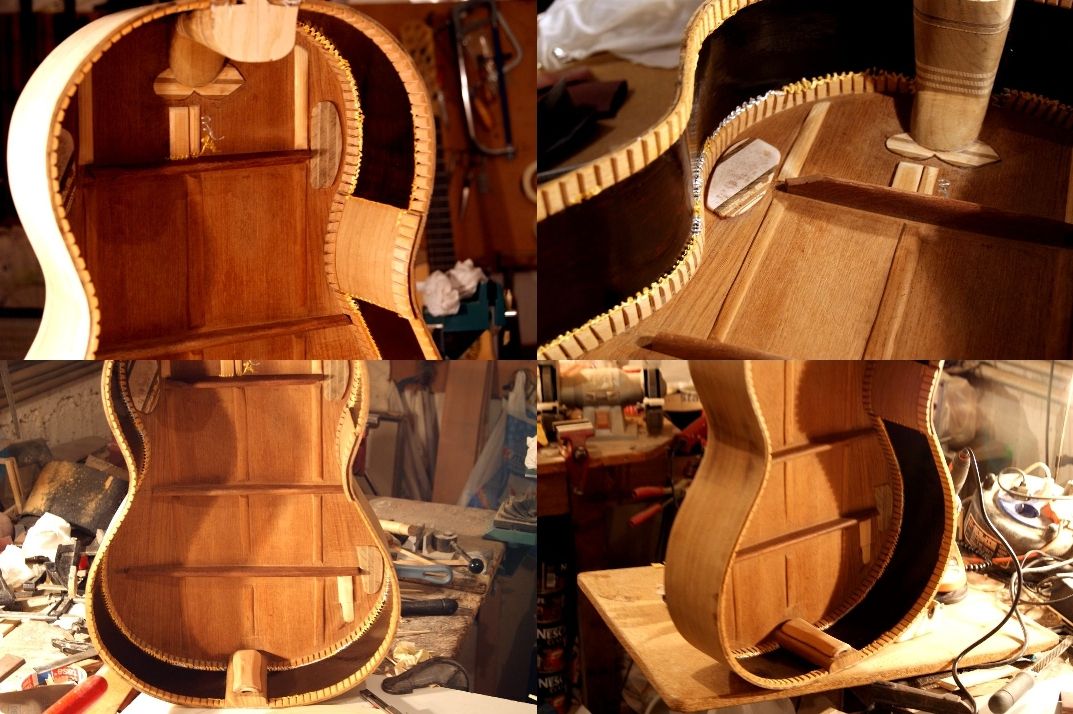
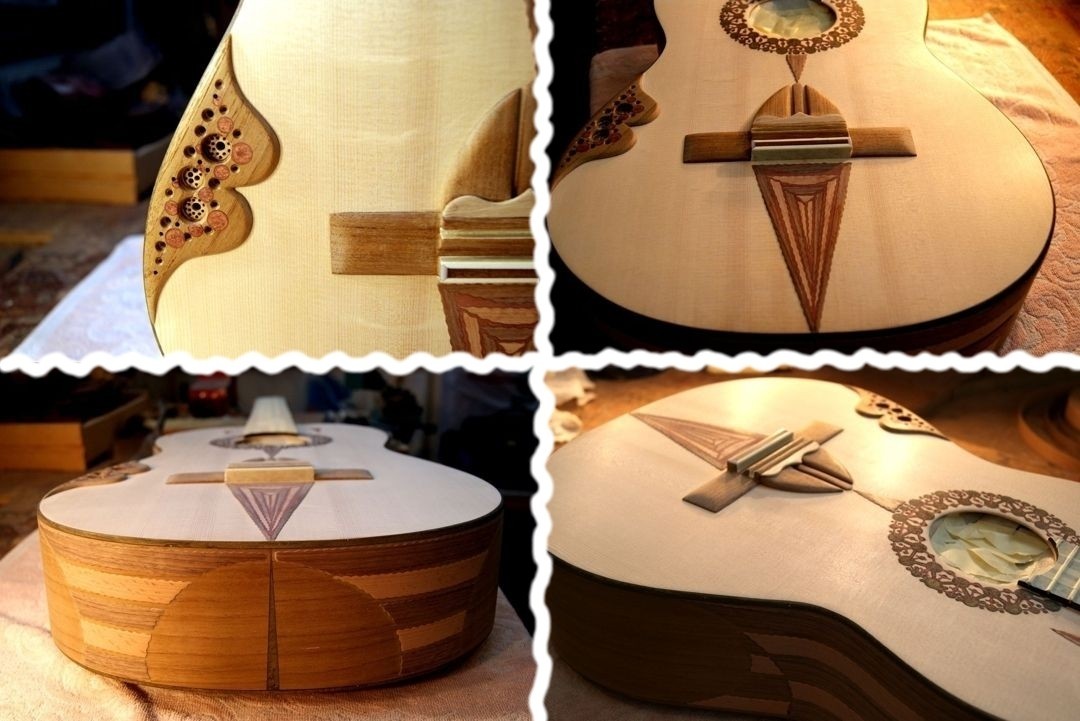
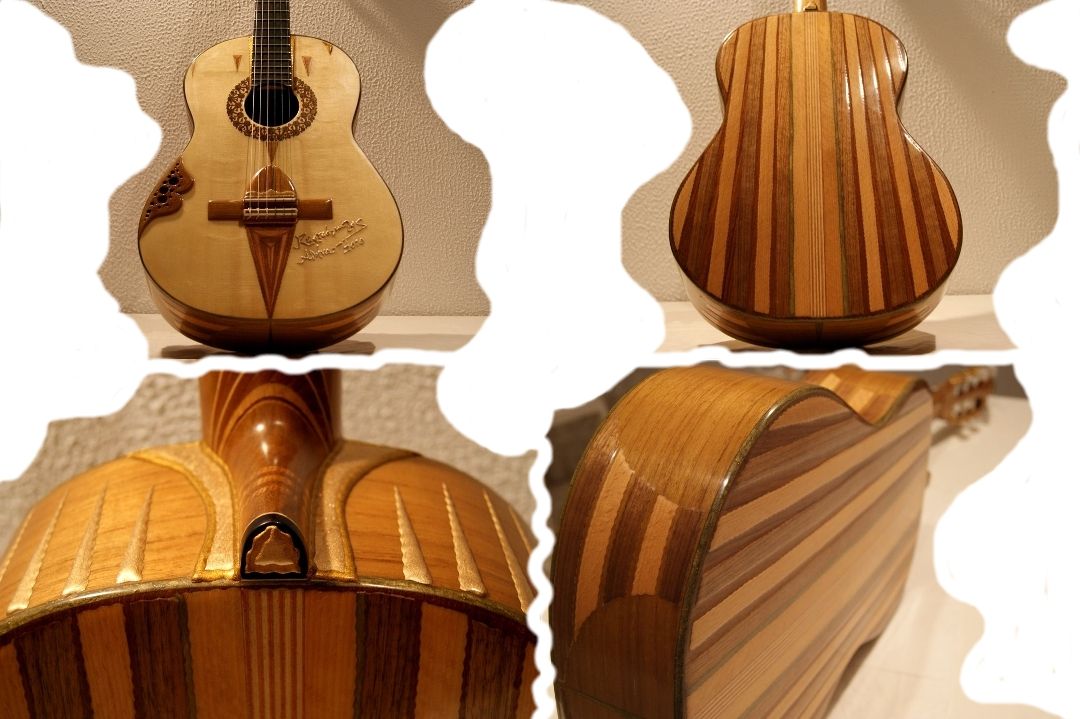

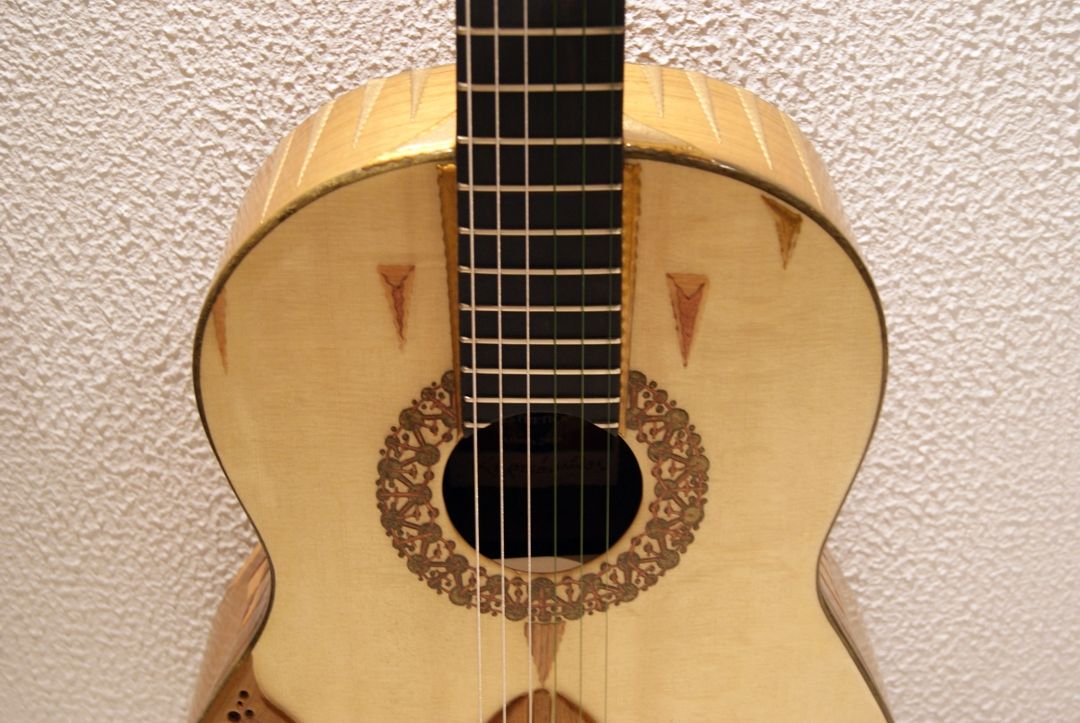













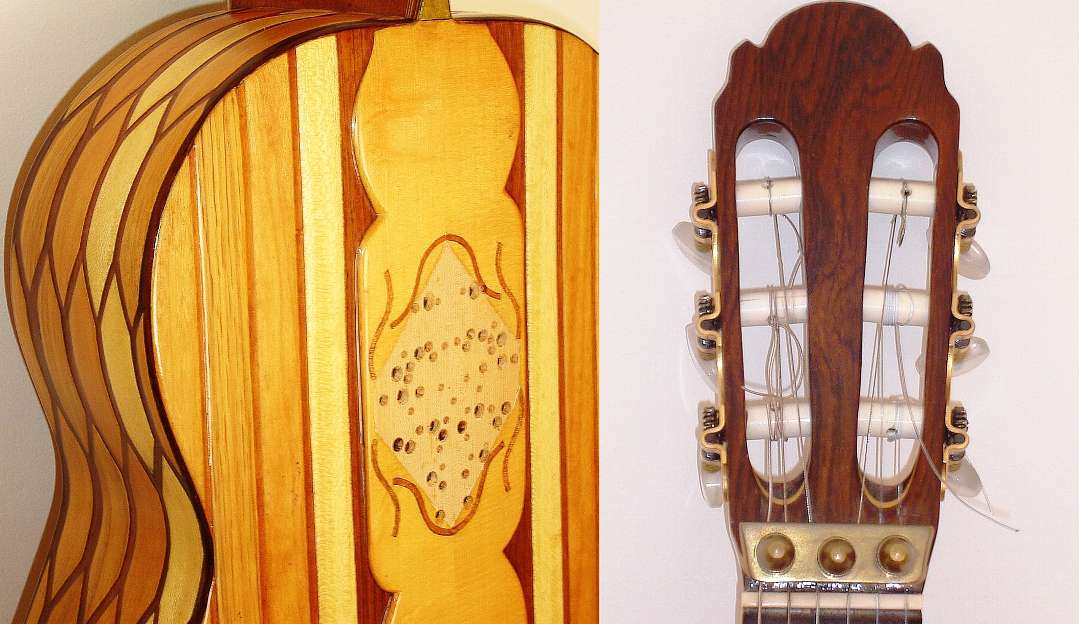






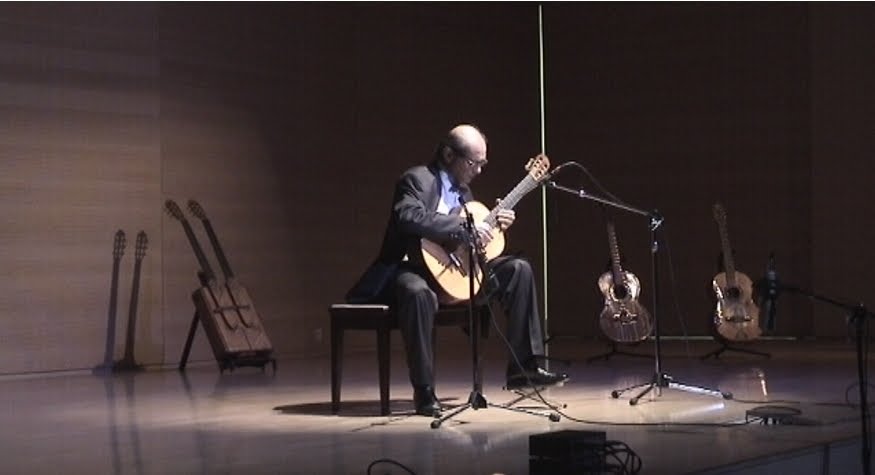





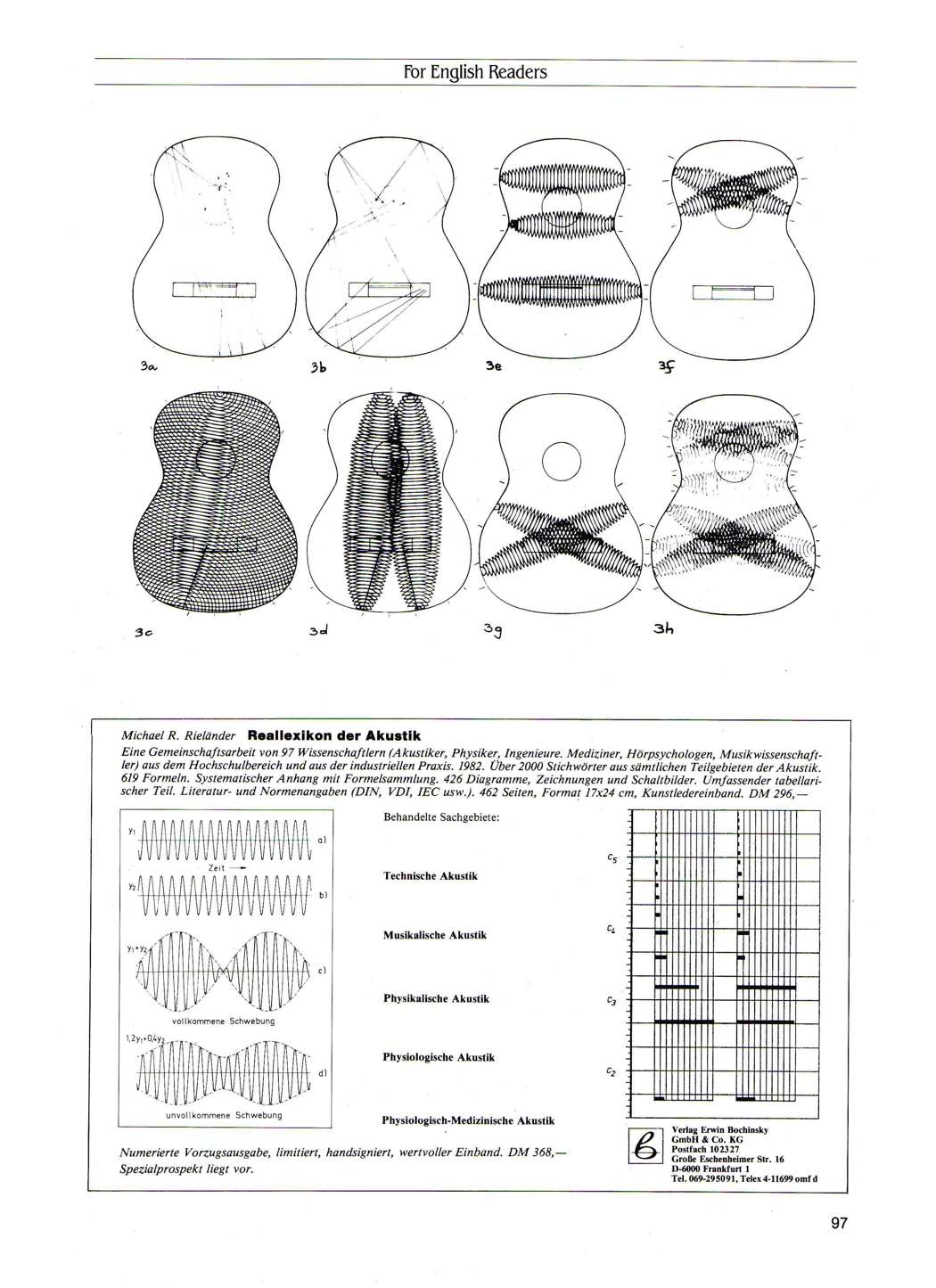
REVIEWS CONCERNING "KERTSOPOULOS AESTHETICS"
About Yorgos Kerstopoulos, inventor of Guitar’s Mathematic model (1983), Aesthetics (1994) and Pedal Guitars (1994), we read in Das Musikinstrument magazine (Frankfurt 1983, Heft 9, September 1984): “Being a holder of different discoveries in the theoretic and practical constructional field of the guitar and acoustics in general, Yorgos Kertsopoulos constructs instruments of an unmatched (by today’s standards) acoustic performance in quality and sustain”. José Ramirez III mentioned: “From now on, after the discoveries of Mr Kertsopoulos, better guitars will be made in the world. His work has a scientific originality, being at the same time full of traditional truths: it incorporates everything!”
Magazine: JAZZ & TZAZ
Country:
Issue number: 199
Month of release: October 2009
Page: 56
Department: RECORDS REVIEWS
Writer: Thomas Tamvakos
Title: SMARO GREGORIADOU: Reinventing Guitar! (
In my previous written references about the talented musician Smaro Gregoriadou, I had already stressed how positively would contribute to her artistic prevalence her impending cd edition Reinventing Guitar! released by the world famous Californian recording label
First, it is the originality at a universal level that dominates. By using instruments and tunings that occur for the first time in discography, made by the guitarist, composer, researcher and maker George Kertsopoulos and representing Kertsopoulos Aesthetics, Smaro Gregoriadou expands in a unique way the sounding horizon of the guitar and achieves the desirable proximity in the interpretation of early repertoire, such as D. Scarlatti’s Harpsichord Sonata L23 and J. S. Bach’s Baroque Lute Suite BWV995 in g minor based on the authentic Brussels manuscript. Both arranged by Smaro Gregoriadou, these compositions find a new triumphant determination, with main characteristics the excellence in performance and the –almost “pagan”- delight of hearing. The straight comparison with colossi of guitaristic art in the same repertoire (P. Galbraith, L. Orlandini, J. Williams) only positively can count for Smaro Gregoriadou.
From 18th c. the great artist approaches the rather underestimated Spaniard Antonio José. The Sonata for guitar of 1933 is maybe his greatest work and the interpretation of Smaro Gregoriadou is straightly analogue to this quality and undoubtedly superior of the one given by Frank Bungkarten.
From this formidable recording Greek creation could not be missing. It is represented by two masterly works. The first, Some Colour’s Rhythms by G. Kertsopoulos, although of short duration (4 min) reflects the whole spectrum of the philosophical – scientific research of the composer. The second, Balkan Dances by Smaro Gregoriadou, confirms her great ability to transform in a masterly way traditional musical motives into modern forms, offering to her audience wonderful aspects of personal interpretation; which, in combination with the generally exquisite production, establishes Reinventing Guitar! as the recording master work of the decade.
Thomas Tamvakos, writer/researcher/archivist/critic - Emeritus Member of Greek Composers
Magazine: DIFONO
Country:
Issue number: 166
Month of release: December 2009
Page: 116
Department: CLASSICAL MUSIC - RECORDS REVIEWS
Writer: Liana Malandrenioti
Title: SMARO GREGORIADOU: Reinventing Guitar! (
The guitar soloist and composer Smaro Gregoriadou, with her present novel interpretations, gives to the listener the opportunity to come in contact with a universally acclaimed Greek invention that concerns classical guitar. It is about Kertsopoulos Aesthetics, a pioneer musical proposition of the guitarist, constructor and researcher George Kertsopoulos, concerning the revival of different historic types of guitar, as well as the expansion of its acoustic potential. It aims to connect the interpreter of today as closely as possible with the authentic sound of the original works. Smaro Gregoriadou, participating in the effort of this revival interprets works by Bach, Scarlatti, José, Kertsopoulos and herself, playing three instruments of Kertsopoulos’ invention and construction. A triple-double-single stringed guitar in re-entrant tuning (first world recording), a high-tuned guitar in scalloped frets and a classical guitar in ordinary and low tunings…
Listening carefully to Scarlatti’s Harpsichord Sonata L23 on a high-pitched scalloped guitar with movable back, I concede that the reliable representation of the timbre and punctuation of the original composition immediately gained my enthusiasm… The revival of the authentic sound of Bach’s Lute Suite BWV995 by a triple-double-single stringed guitar in re-entrant tuning, consisting of a very ambitious and difficult attempt, yields to a result that will definitely fascinate the listener. This innovative approach made a passionate follower of the great cantor’s sound like me, to listening to the album again and again. The title of the cd is entirely justified. What Smaro Gregoriadou is hereby presenting is exactly the essence of the word “reinventing”: a redefinition of the sound and technique of the classical guitar.
In the collection we also hear the Sonata para guitarra by Antonio José, a short but quite characteristic work by George Kertsopoulos entitled Some Colour’s Rhythms, and Two Balkan Dances by Smaro Gregoriadou, a composition with many virtues, that exhibit the sound qualities and possibilities of the guitar at their very best.
This album definitely consists of a pioneering aesthetic suggestion and I wish it enjoys the universal acceptance that it deserves.
Liana Malandrenioti, writer/critic









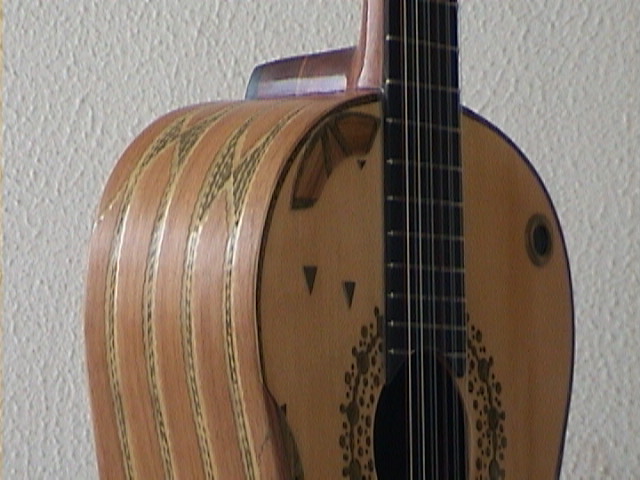


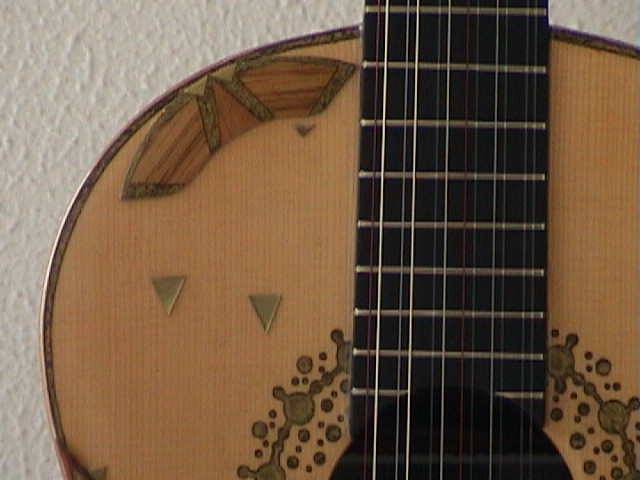




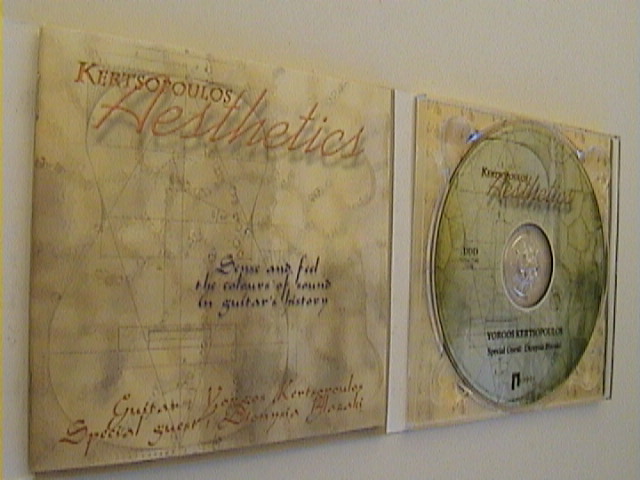






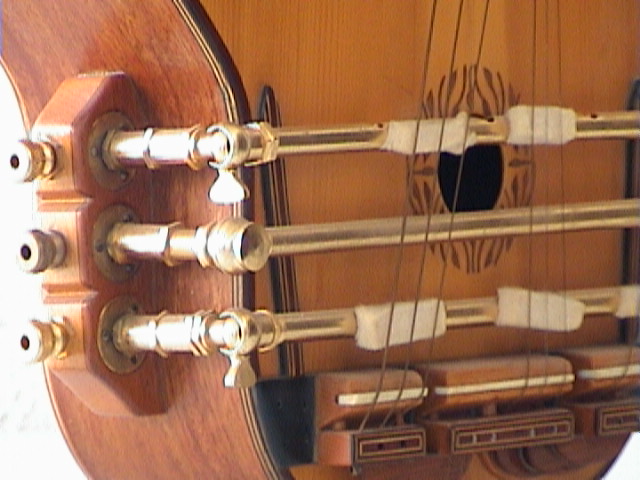



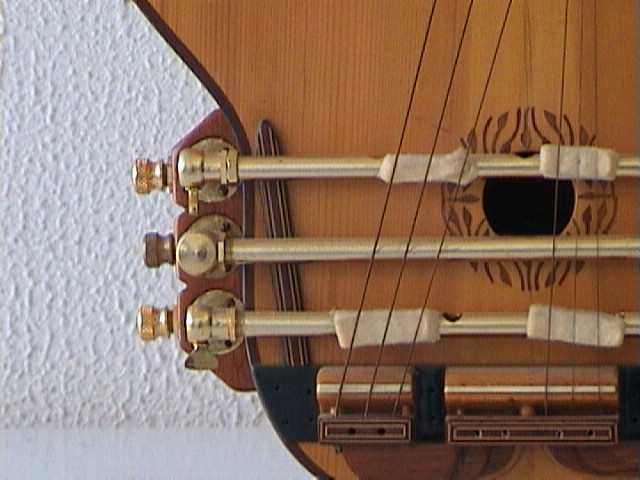



















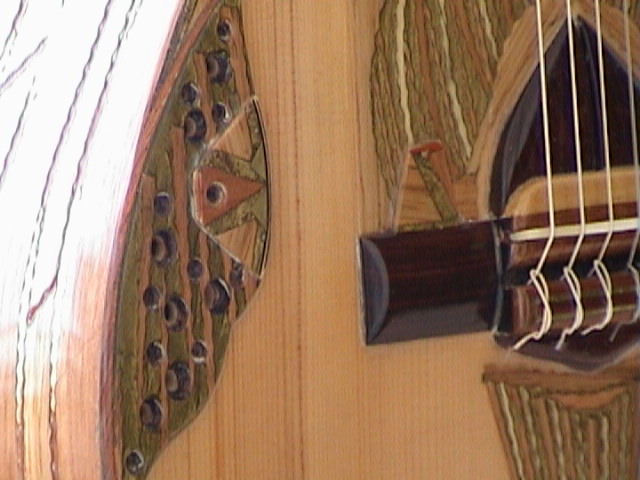














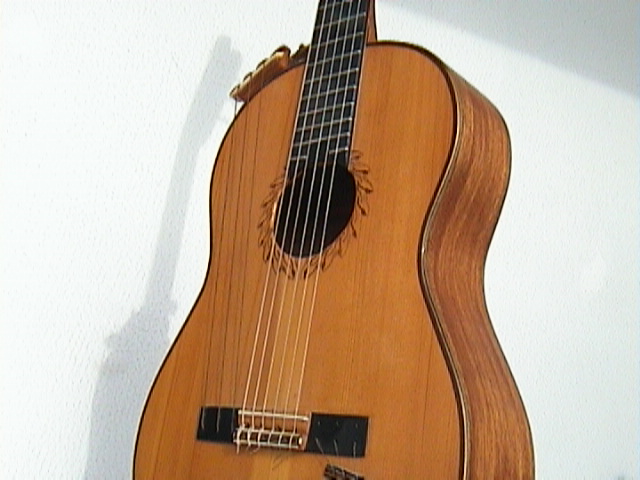











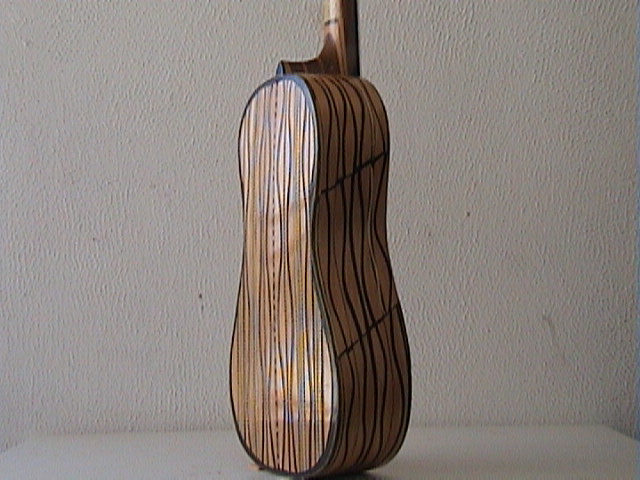







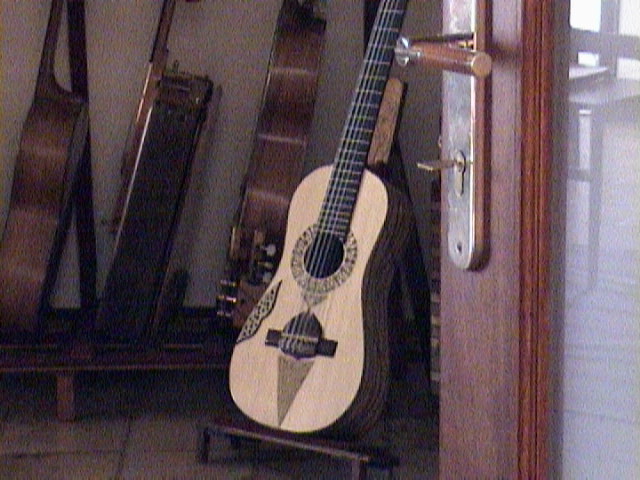



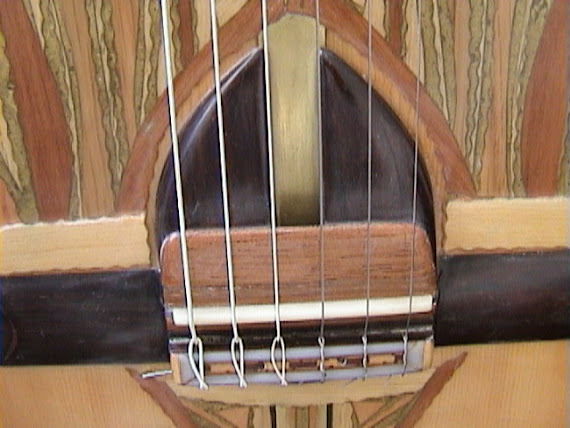



Greetings, my name is Carlos, i am a professional guitarist from Mexico, i am very interesting on the high tuned strings, where can i buy them? how much it cost? can i put them on an normal acustic guitar? can i mix them with normal tuned strings? i hope you can answer me, my email is amnmx@hotmail.com
ReplyDelete